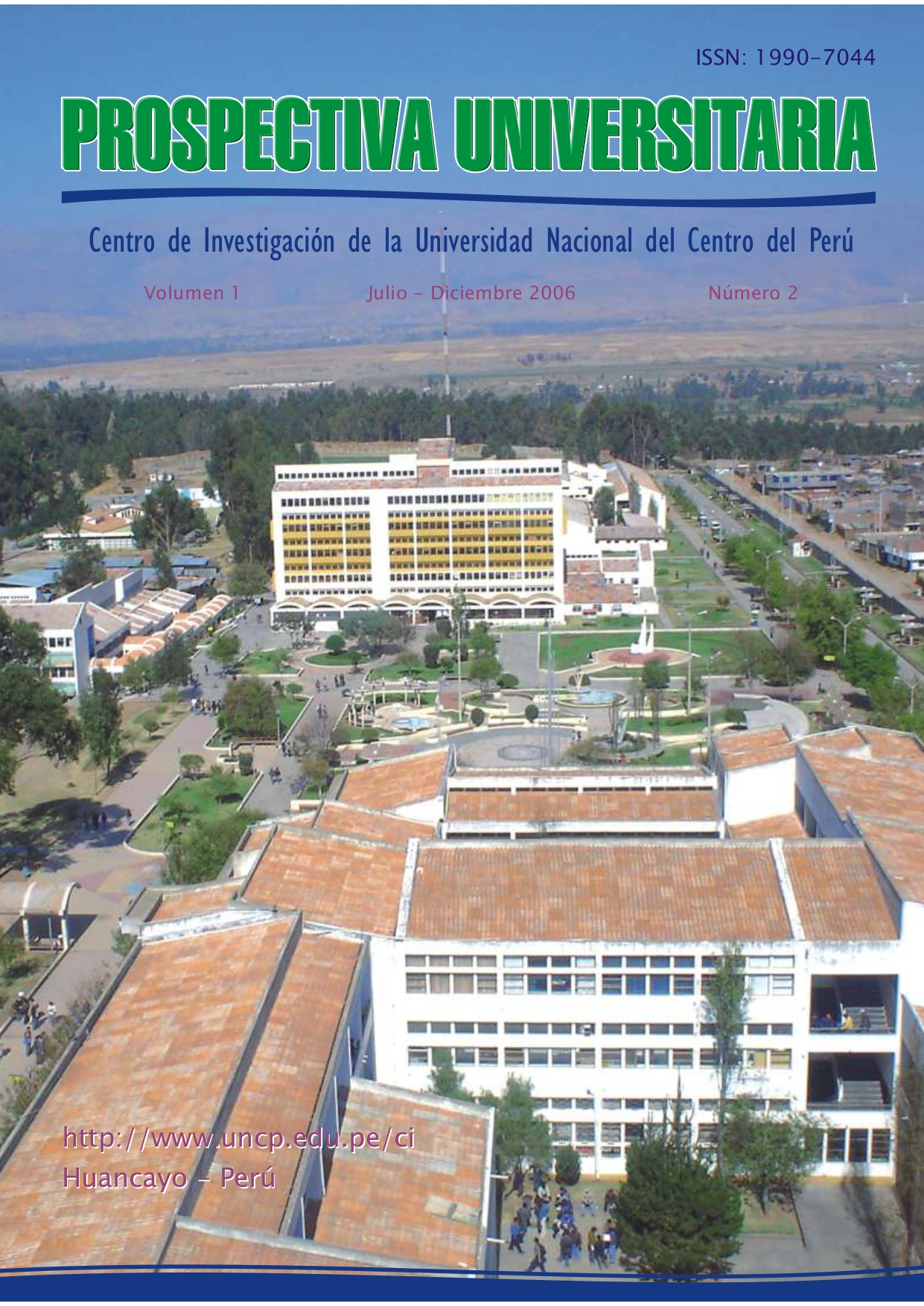CONTINUOUS ELECTRODIALITIC PROCESS IN THE REDUCTION OF THE CONTENT OF METAL IONS IN THE ACID MINE DRAINAGE
DOI:
https://doi.org/10.26490/uncp.prospectivauniversitaria.2006.3.1296Keywords:
Electrodialysis, acid mine drainage, conductometricsAbstract
The investigation in the preliminary phase to determine the osmotic capacity of the common ceramic recipients, and for the effect of the ions separation capacity analysis by the electrodialitic effect itself there is employee to conductometric readings with the purpose to determine the transportation of ions to the other phase liquid separated by the porous middle. The results indicate a possibility to determine the feasibilities of analytic quantification of the mobilization ionic, that goes to to be used in the final work for the investigated process. The acid mine drainage is produced as a result of sulfurs leaching, attributed especially to the interaction of the pyrites, the water and the oxygen, which to produce ferric ions and hydrogen, they dissolve to the other sulfur species of metals bases that can exist in the bodies mineralized. The final objective of this work is that of proposing an electrochemical technique that permit to mitigate the contamination of the water of the tunnel Victory with high contents of metallic ions.
Downloads
References
Treharne RW, Wright DE. Acid mine water treatment process. US Patent 3 823 081;1974
Friedrich H J, Knappnik R. Method for raising the pH of acid waters, European Patent 0 814 060 A2; 1997.
I.M. Kolthoff. Industrial & Engineering Chemistry;1930.
Chartrand MG, Bunce NJ. Electrochemical remediation of acid mine drainage. Journal of Applied Electrochemistry. 2003. 33: 259264.
Downloads
Published
Issue
Section
License
Copyright (c) 2021 Prospectiva Universitaria

This work is licensed under a Creative Commons Attribution-NonCommercial-ShareAlike 4.0 International License.
Esta Revista es de acceso abierto a su contenido a través del Internet, poniendo a disposición de la comunidad científica los resultados de la investigación, de manera gratuita, para el intercambio del conocimiento desarrollado.
El contenidos de la Revista se distribuyen bajo la licencia Creative Commons Reconocimiento-NoComercial-CompartirIgual 4.0 Internacional.
![IconJournalPU [ENG] by Edgar Julian-Laime®](https://revistas.uncp.edu.pe/public/journals/1/pageHeaderLogoImage_en.png)









